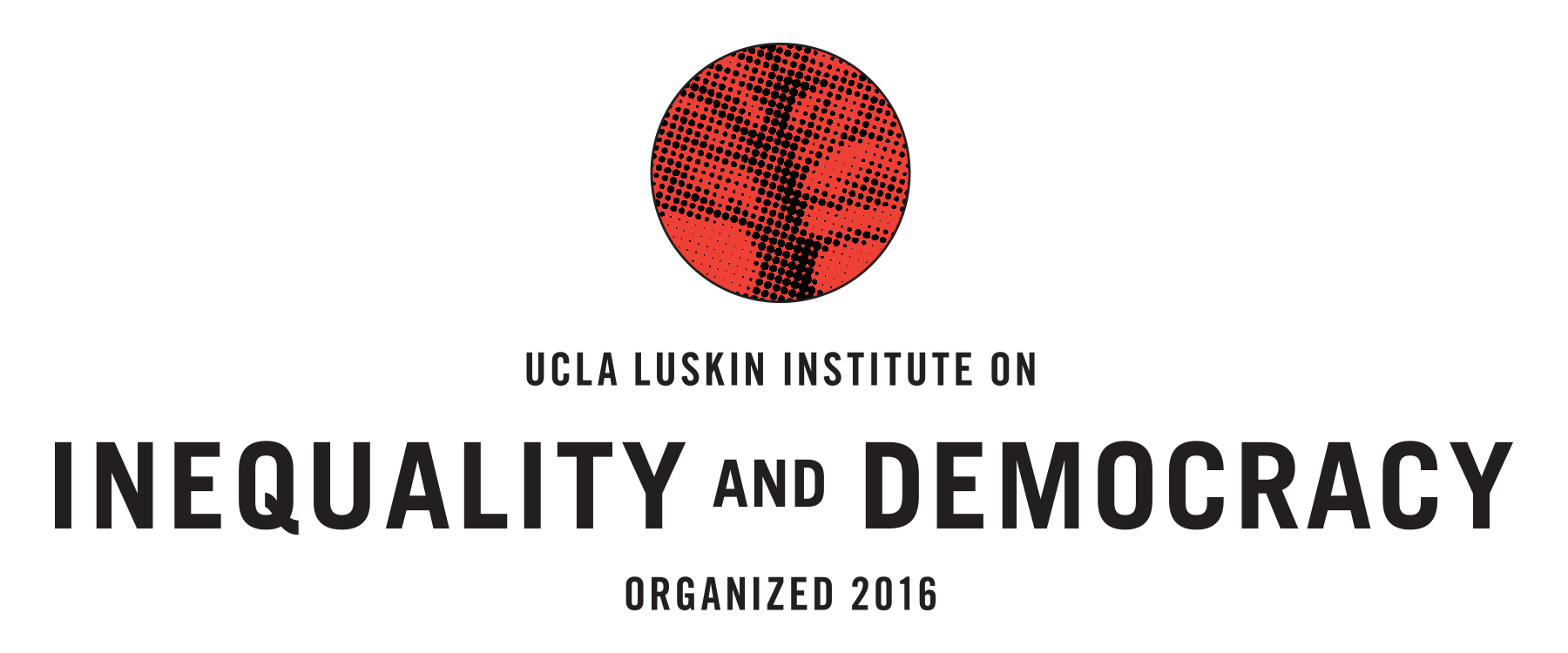Welfare Workings: Popular Politics and the Public in Contemporary India
Our working group, titled ‘Welfare Workings: Popular Politics and the Public in Contemporary India’ comprises doctoral students from the disciplines of Anthropology, History and Sociology, with a shared interest in practices of development and welfare in colonial and post-colonial India. Over the past summer, each of us conducted small fieldwork and archival projects, tying our group’s focus on the multiple, contested, and dynamic meanings and enactments of welfare to diverse historical and geographical contexts in South Asia, ranging from the workings of the rural bureaucracy in Karnataka, NGO programs on women’s empowerment in Himachal Pradesh, late colonial histories of ‘public works’ projects in Uttarakhand, and corporate social responsibility (CSR) programs in the context of mining projects in Jharkhand. Building on these summer projects, the group sought to use our meetings to ground our preliminary empirical findings in relevant theoretical debates on welfare, development, and the changing nature of the Indian state. We formulated an exciting lecture-discussion meeting format to integrate our analysis of critical scholarship on these themes with the relevant expertise of faculty and visiting scholars at UCLA. Our speaker-discussions included a conversation with Dr. Kevan Hariss, Sociology, on welfare in the context of neoliberalization in the global south; with Prof. Akhil Gupta, Anthropology, on the developmental state in India; and with visiting scholar Alf Nielsen on development projects, hegemony and resistance in western India. Further, we organized a public talk, in collaboration with the Center for India and South Asia, with Dr. Vivek Srinivasan titled ‘Delivering Public Services Effectively: Tamil Nadu and Beyond’. Our reading group continues to read key thematic texts in the Spring quarter and aims to develop a concise literature review on the topic over the coming months.
By: Hannah Carlan, Nafis Hasan, Tanya Matthan, Nivedita Nath, Gabriel Locke Suchodolski, Anthropology, History, and Sociology.


